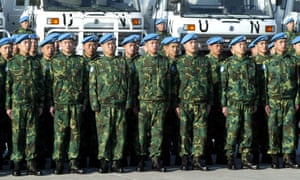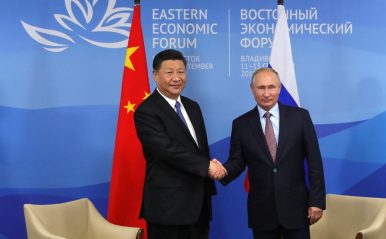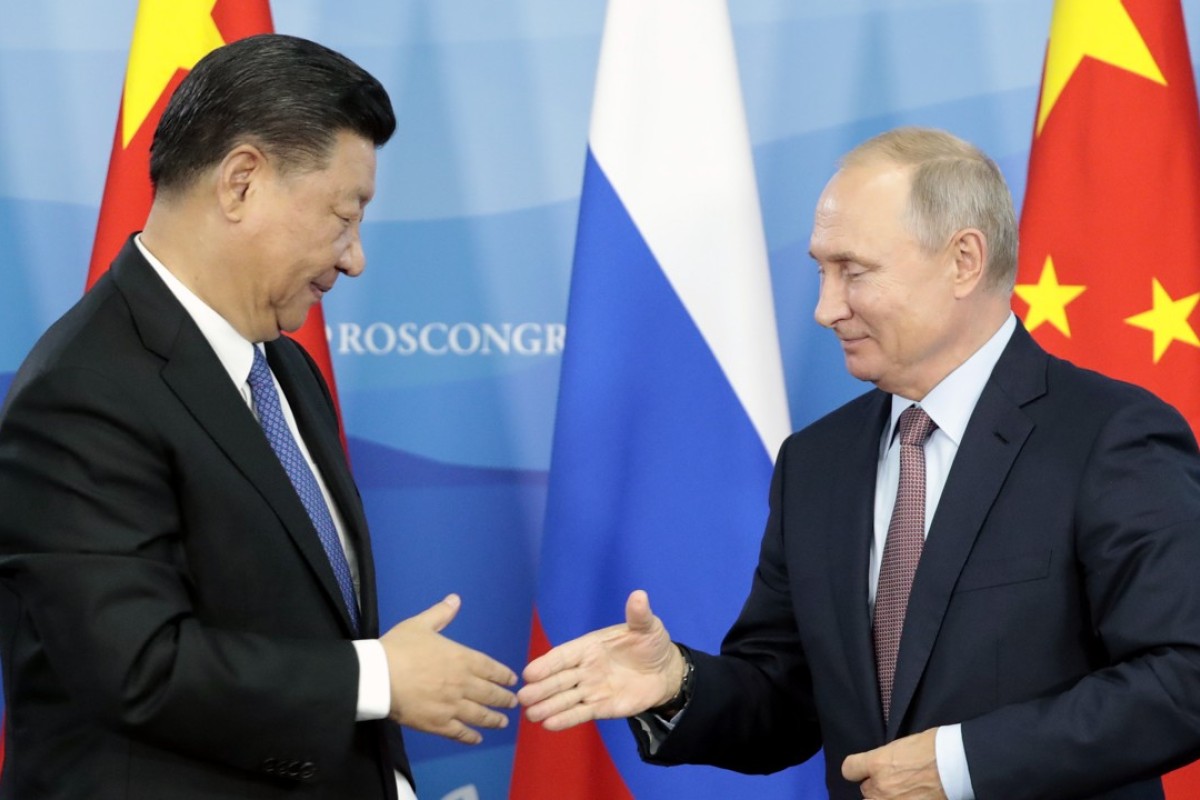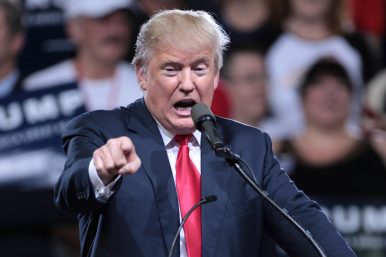By Subrata Majumder
Source Link India went one step forward and two steps back in retaliation against high tariffs on steel and aluminum by USA. Twice, it suspended its decision to impose high tariff on 29 items imports from the USA. By the original schedule, high tariff was to be imposed on 4th August. It was deferred to September 18 and further to November 2.
India went one step forward and two steps back in retaliation against high tariffs on steel and aluminum by USA. Twice, it suspended its decision to impose high tariff on 29 items imports from the USA. By the original schedule, high tariff was to be imposed on 4th August. It was deferred to September 18 and further to November 2.
Skepticism rises over India’s real intention behind the trade retaliation against USA. A close study between the lines reveals India’s burgeoning dependence on defence ties with USA. Even though USA is the second biggest trade partner and a major foreign investor in India, its significance sparked with new dynamism in the relation, propelled by recent 2+2 Dialogue, which represented strengthening military ties with USA. What led India to revitalize the defence ties with USA, while it is still guide by Indo-Soviet Treaty, now with Russia.







/arc-anglerfish-arc2-prod-mco.s3.amazonaws.com/public/6X42E4WF3ZBLTDSS46RF4MQJ7U.jpg)




